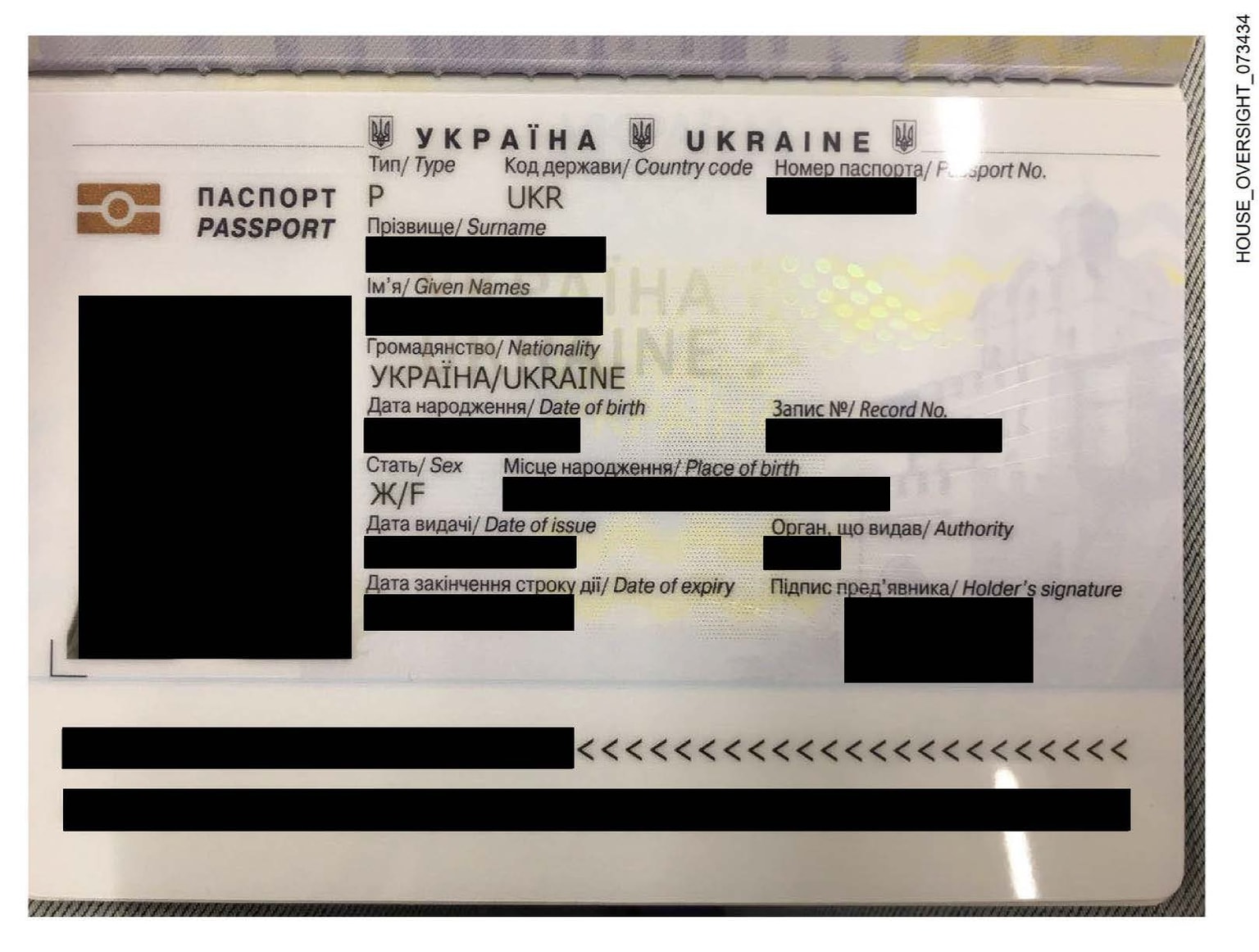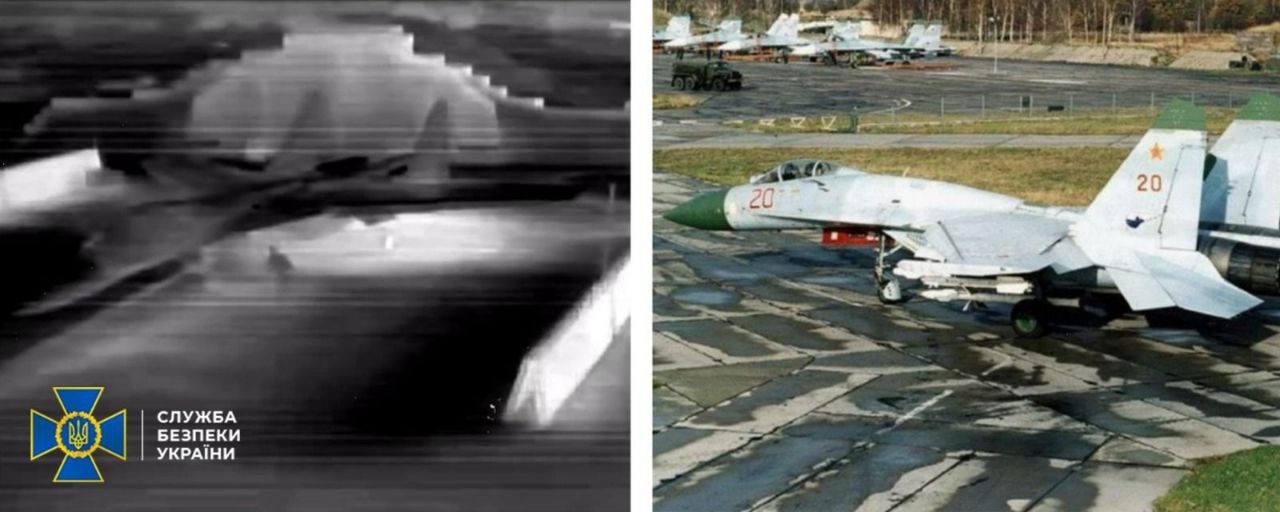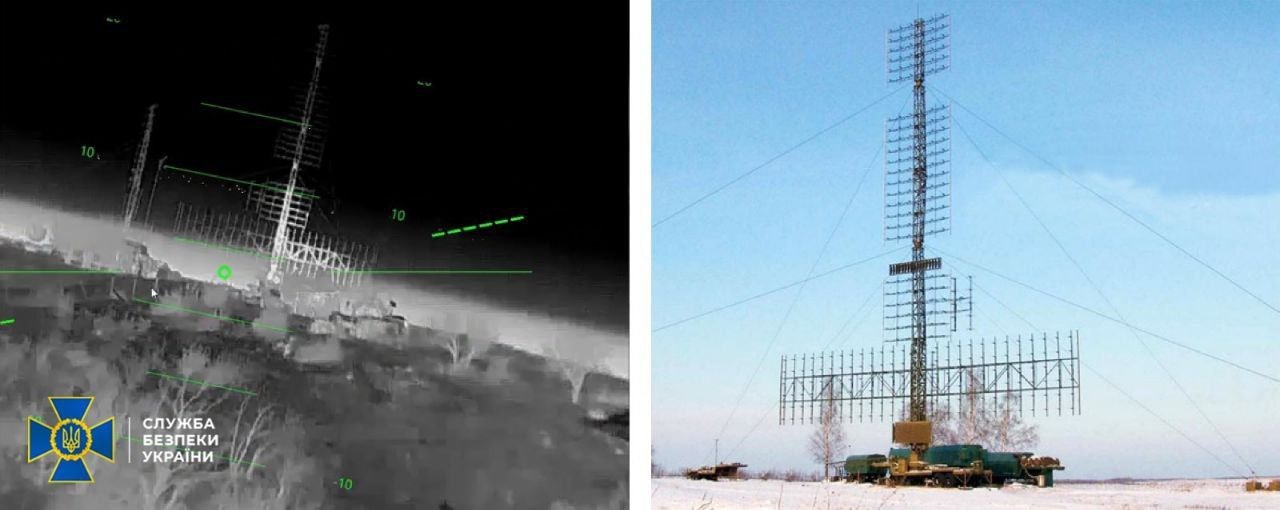
Russia's primitive glide bombs are still outmatching Ukraine's air defenses, killing more civilians
Police officers watch as they extinguish a fire caused by an airstrike by Russian troops on the industrial infrastructure of Zaporizhzhia, Ukraine, on Jan. 8, 2025. (Ukrinform / NurPhoto via Getty Images)
When a glide bomb exploded at an industrial facility in Zaporizhzhia on Jan. 8, the 13 dead, and 122 injured marked the highest number of civilian casualties in a Russian attack on Ukraine in almost two years.
Despite being one of the most primitive and numerous weapons in the Russian Air Force's arsenal, Ukraine's sophisticated, Western-supplied air defense systems are still ill-equipped to deal with the threat they pose.
Compounding the problem, Russia continues to modify and adapt its glide bombs, increasing their range and destructive power, meaning more and more Ukrainian towns and cities are coming under threat.
"Aerial glide bombs have become one of the greatest threats to civilians in cities along the frontline," Danielle Bell, head of the UN Human Rights Monitoring Mission in Ukraine (HRMMU), said in a statement on Jan. 9.
"They are also one of the main reasons why the number of killed and injured in 2024 increased by 30 per cent compared with 2023."
According to HRMMU figures, Russian glide bombs killed 360 Ukrainian civilians in 2024, and injured 1,861, a threefold increase in fatalities, and a sixfold increase in injuries compared to 2023.
What is a glide bomb?
A glide bomb is a standard air-dropped bomb modified with wings and often a satellite navigation system, so they can be launched from a distance rather than directly over a target.
Their origins date back as far as World War II, and have been used in conflicts since including Vietnam, Iraq, and Afghanistan.
Russian glide bombs are often Soviet-era FAB weapons upgraded with a Unified Gliding and Correction Module (UMPK), which allows it to glide to its target, but Moscow is also developing newer, dedicated versions.

Russian forces employ various sizes of glide bombs weighing 250, 500, and 1,000 kilograms (kg). The most powerful in Russia's arsenal is the FAB-3000, a 3,000-kilogram high-explosive bomb, which the Russian Defense Ministry claimed in March had gone into mass production.
In July, it released footage of what it said was a FAB-3000 being dropped on Ukrainian territory for the first time, saying it has a combat power that "cannot be ignored."
Crucially, converting an unguided "dumb bomb" into a glide bomb is cheap. Each conversion costs around $20,000, far less than cruise and ballistic missiles that cost millions of dollars to produce.
Russian forces began using glide bombs against Ukraine in early 2023 to compensate for the lack of precision-guided munitions, dropping hundreds a week, according to figures from Kyiv.

Glide bombs are most effective against static targets, including bridges, command posts, bunkers, and weapons depots, and Russia has used them to great effect on the front lines as they advance slowly in eastern Ukraine.
"Despite many problems and shortfalls, the Russian Aerospace Forces (VKS) is learning, and adapting its tactics in a constantly changing combat environment," Federico Borsari, a fellow at the Center for European Policy Analysis (CEPA), told the Kyiv Independent.
But Moscow has also used them to devastating effect against Ukrainian population centers, with Sumy, Kharkiv, and Zaporizhzhia oblasts particularly hard hit.
And on Jan. 11, border settlements in Dnipropetrovsk Oblast were hit for the first time, with more and more coming under threat as the front line moves west.
Why are glide bombs so dangerous?
Glide bombs are highly-destructive, and incredibly difficult to shoot down.
"Glide bombs, unlike missiles, do not have a propulsion system, so they don't generate much heat and are therefore largely immune to interception by infrared homing missiles, like the AIM-9 Sidewinder, or the FIM-92 Stinger," Jacob Parakilas, research leader in RAND Europe's Defence, Security and Justice Research Group, told the Kyiv Independent.
"Glide bombs [...] are largely immune to interception by infrared homing missiles."
Parakilas said anti-aircraft guns like the German-made Gepard are more effective at shooting down glide bombs, but their short range makes them ineffective at policing the hundreds of miles of front line in Ukraine.
"The limited range of those systems means that they would have to be right on top of the target, and able to identify and open fire on it in a very short time window — which is difficult even if sufficient numbers of those systems were available," he said.
The range of the weapons also allows the Russian fighter jets that launch them to stay out of range of Ukraine's advanced air defense systems such as the U.S.-supplied Patriot.
Ukraine did have a string of successes early last year, downing several Russian military planes of the types used to launch glide bombs.
But positioning air defense assets so close to the front lines is risky, and after Russian forces allegedly managed to destroy two Patriot launchers in Donetsk Oblast, Ukraine appears to have abandoned the tactic.
"Russia can exploit gaps in Ukraine's air defense, which is stretched thin and needs to cover a very large territory," Borsari said.
How are Russian glide bombs evolving?
Russia is constantly upgrading UMPK kits to increase the range and accuracy of its glide bombs.
When interviewed by the Kyiv Independent in May of last year, experts said the range of glide bombs being used by Russia was "generally considered not to exceed 50-60 kilometers."
But in the months since, a number of modifications mean newer models can now fly up to 90 kilometers, placing many more Ukrainian civilians within their deadly reach.


Borsari said that particular attention should be paid to the relatively new and more advanced UMPB-D-30SN system which, in addition to wings and a guidance system, also has a small jet-propulsion engine which extends the glide bomb's range.
Then there are the improvements to the electronic systems. Russian forces have been improving the navigation systems that guide the UMPK via satellite, allowing it to be more accurate.
They are also often equipped with Kometa antennas which stabilize satellite communications signals, and are particularly resistant to electronic warfare countermeasures.
How can Ukraine defeat the glide bomb threat?
In lieu of an effective means of targeting glide bombs in flight, experts say Ukraine's best options are to target both the planes that drop them, as well as the production and storage facilities they pass through before they're used.
"Ukraine's allies should prioritize speeding up the pipeline for delivering, supporting, and providing training for the crews of F-16s, which can target and push back the Russian jets dropping glide bombs," Parakilas said.

"Adding other air defense fighters — as France has promised to do with the Mirage 2000 and Sweden has considered with the Gripen — would also help, although every new type of aircraft added increases the complexity of Ukraine's supporting infrastructure and supply chain," he added.
Ukraine's long-running, long-range drone strike campaign has reportedly had successes targeting sites where Russia stores FAB bombs, most recently in a series of strikes last week.
But their continued and widespread use suggests Ukraine can't currently destroy them at a rate quicker than Russia can produce them.
"In the long-term, another possibility is the use of directed-energy weapons, such as lasers, which are being developed and tested in various countries as a cost-effective countermeasure to aerial threats," Mattias Eken, a defense and security expert at RAND Europe, told the Kyiv Independent.
However, the widespread deployment of such weapons is far off, and in the meantime, more and more Ukrainian towns and cities are likely to come within range of Russia's ever-evolving glide bombs.











